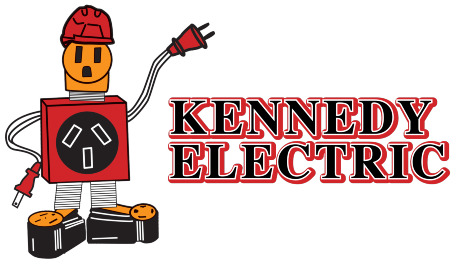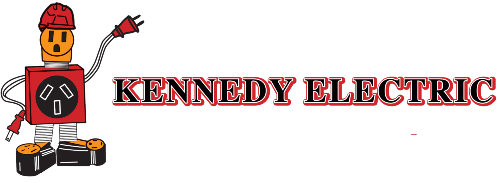Understanding Different Types of Outlets
Some outlets are designed to serve a specific purpose and are more suitable for particular locations.
Every home has more than one type of electrical outlet or electrical receptacle to power different tools, devices, and appliances. Some outlets are designed to serve a specific purpose and are more suitable for particular locations. As outlets differ in shape, size, and functionality, installing the correct electrical outlet is essential to ensure efficiency and minimize potential electrical risks.
Here are the most common electrical outlets every homeowner should know about to ensure they choose the right one for their home:
15-amp
15-amp is the standard electrical outlet in homes throughout the U.S.A. It is inexpensive and easy to install and replace. 15-amp outlets have two long slots and a third U-shaped slot for grounding to prevent electrical shock due to loose wiring. These outlets are suitable for devices and appliances that draw less power, like desktops, smartphones, lamps, and alarm clocks.
20-amp
20-amp is another commonly found electrical outlet in American homes. They may appear similar to the standard 15-amp outlets but have a T-shaped slot. 20-amp outlets are ideal for appliances that need significant power, like heavy-duty kitchen appliances and powerful devices and equipment to prevent overloading. While most 20-amp outlets deliver 125 volts of power, homeowners can also install higher 250-voltage outlets for very high-power drawing equipment. The garage, kitchen, bedroom, dining room, and living room are common areas where electricians install 20-amp outlets.
GFCI outlets
GFCI (Ground Fault Circuit Interrupters) are outlets that protect against hazardous ground faults. They are essential in high moisture areas like bathrooms, laundry rooms, kitchens, crawlspaces, and basements to prevent electrical shocks and electrocution. GFCI outlets are also suitable for outdoor use. A GFCI outlet is identifiable by two differently colored small buttons, the TEST and RESET. It monitors the electric current flow and cuts off the power supplies when it notices a leak or surge.
AFCI outlets
AFCI, or arc fault circuit interrupter, comes with in-built safety features to help prevent arc fault-related fires caused by loose, broken, or damaged wires. They can detect when arcing occurs and interrupt power to avoid electrical hazards. AFCI outlets also have TEST and RESET buttons like GFCI outlets. They are usually installed in bedrooms, kitchens, or laundry areas.
Tamper-resistant outlets
Building codes in several places mandate installing tamper-resistant outlets for new construction. These outlets have an in-built barrier to prevent anyone from inserting foreign objects like forks or knives. Only two-pronged and ground-pronged plugs can be inserted into tamper-proof outlets. These outlets are best for homes with toddlers and infants and reduce the risk of electric shock.
Combination outlets
Combination outlets feature a switch and a standard prong outlet to plug in devices in the same outlet. With two separate functions, they are ideal for installations in bathrooms, bedroom hallways, garages, and dining rooms.
USB outlets
Almost every home today has multiple everyday-use devices powered by USB, making USB outlets increasingly popular. These outlets have one or more built-in USB ports. It makes it convenient to charge tablets, power banks, and smartphones and frees up standard outlets for regular use.
Smart outlets
One can use a smartphone to control smart outlets. They can also assist in monitoring the energy usage of the plugged-in device. With the rising number of smart devices in a home, people can use these outlets to automatically turn a device or appliance on and off based on a programmed schedule or through a simple command.
Upgrade the outlets
Contact a local electrical contractor if one needs help identifying the best types of outlets for the home or ensuring their correct installation.
Get top-quality EV charging station installation, outlet and switch installation, Home lighting, and under-cabinet lighting for residential and commercial property owners. We use quality parts and materials and stand behind our workmanship.


